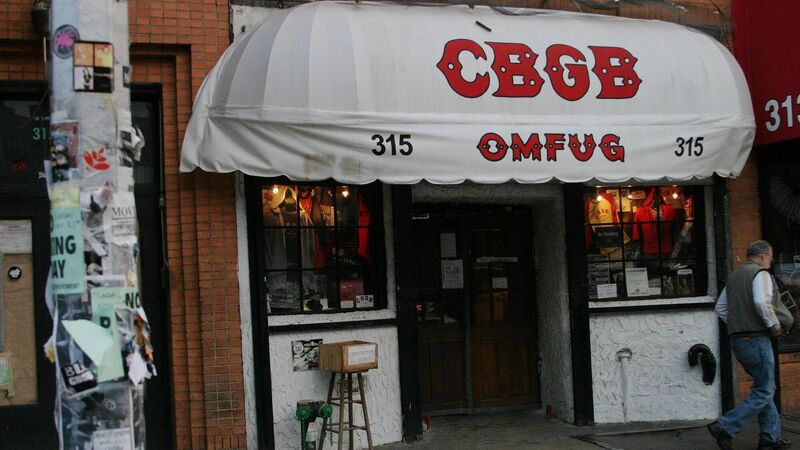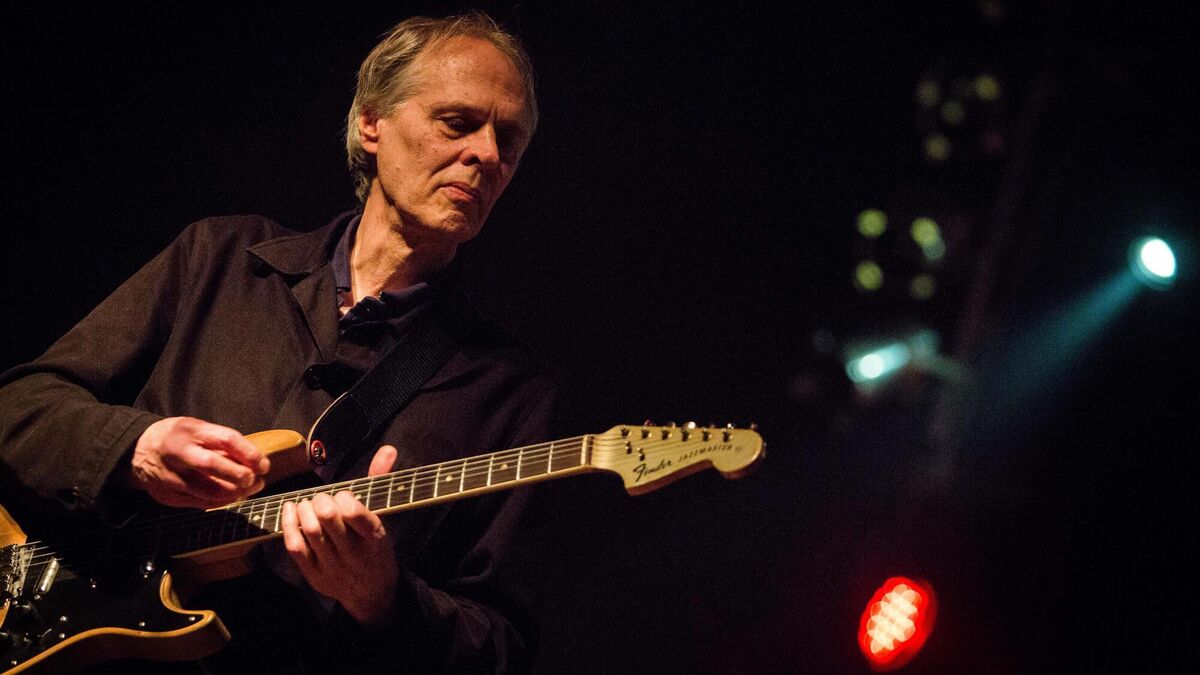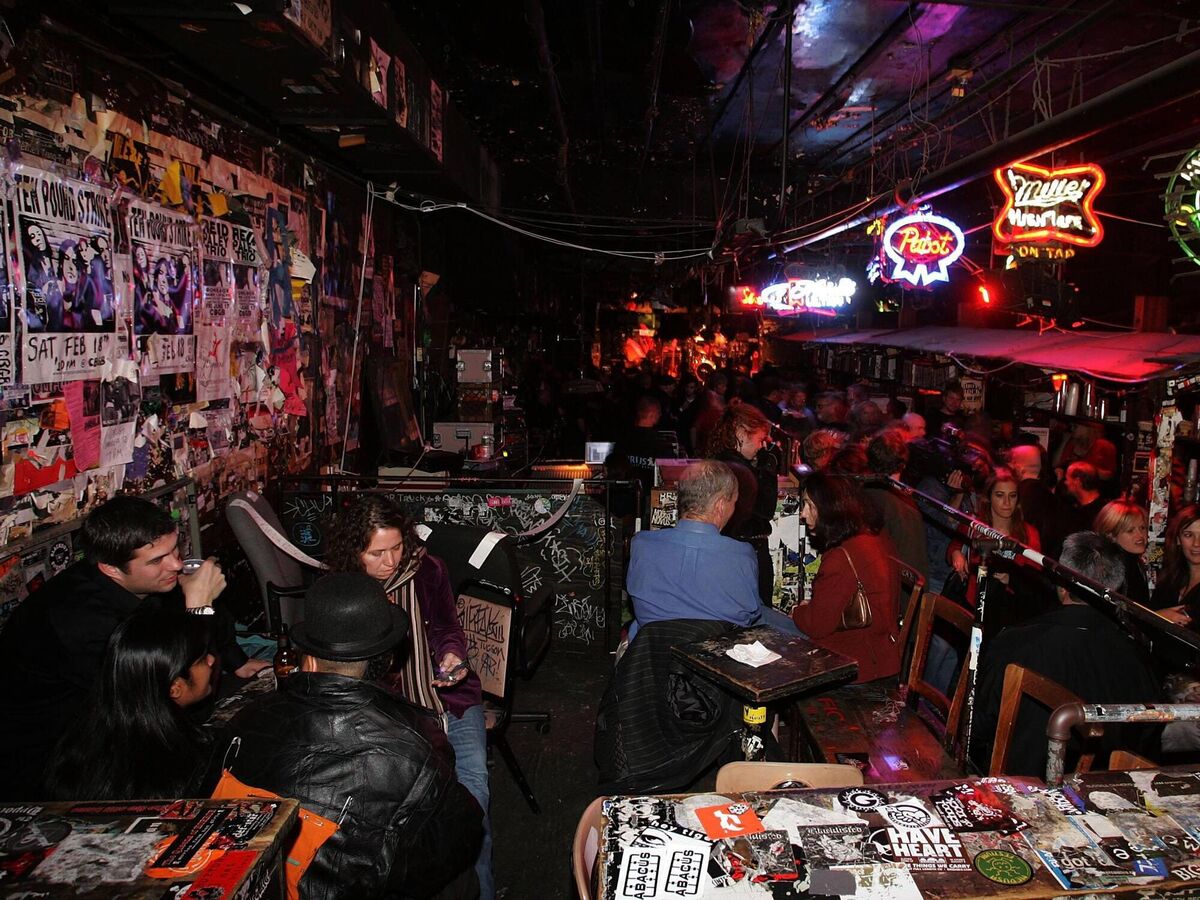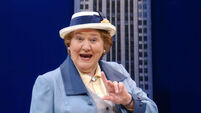Tom Dunne: CBGB's, Tom Verlaine, and the big impact of small venues

The famed CBGB's bar in New York in 2003.(Picture: Teresa Lee/Getty)
Imagine the scene: Patti Smith opens with ‘Because the Night’, The Ramones take over with a raucous ‘Rockaway Beach’, Blondie lets rip with ‘Hanging on the Telephone’, before Talking Heads hit ‘Psycho Killer’. As you conclude that “this night can’t get better”, Television start into ‘Marquee Moon’.
No such night ever happened, but it could have. All these bands, in varying stages of development, graced the stage of New York’s CBGBs from early 1974 on. They sometimes hung out together, sometimes dated, sometimes supported each other. As music scenes go, it was a spectacular.
I was reminded of just how potent that NYC scene was this week with the news of the sad passing of Tom Verlaine. His band, Television, were one of the first groups to play the venue, their album Marquee Moon, one of that era’s defining moments. What, you wondered, was in the water?
Music scenes have always been fascinating. From Greenwich Village, The Cavern, Eric’s in Liverpool, the Underground in Dublin, the Arcadia in Cork to the Paisley Underground in LA. Why do so many ‘music movements’ coalesce around such tiny rooms?
CBGBs was spectacular. My band, Something Happens, played there repeatedly in the early 1990s. It was tiny, dark, and smelly. There was no door, or walls, around the toilet. The owner’s dog repeatedly fouled the floor. It was in an area of the city you were always lucky to escape from. The sound was bad.
Yet, as Patti Smith said, “Where else would book a poet to sing poetry over an electric guitar?” In 1973, with the closure of the Mercer Arts Centre in Manhattan, young aspiring unsigned bands had nowhere else to go. It was inevitable that the David Byrnes, the Patti Smiths and the Tom Verlaines of that world would meet there.

But it’s what happens next that is so fascinating. Do they inspire each other? Is there rivalry? Do they just swap notes? Smith was soon dating Verlaine. They discovered they both owned books by Cossery, Hedayat, Tutuola and Mrabet. In a room of dog poo, what are the chances?
My experience of such a scene was The Underground in Dublin. It too was tiny, a basement bar on Dame Street. Did it even hold 60 people? To get to the toilets you had to walk across the stage. Thankfully there was no dog.
On our first night we played ‘Sitting Still’ from REM and a Neil Young version – very slow, very guitar heavy - of Don Gibson’s Lonesome Me. There were people in that audience who appreciated those choices. Most of them were in bands.
One of those bands were the Stars of Heaven. They played soon after. We were stunned. I’d heard of Gram Parsons, but I’d never heard his influence in a song written by an Irish band. Then we saw A House, The Slowest Clock and more.
Going to see the other bands was as important as playing your own gigs. These bands were assimilating the same things, but with different results. The after-gig chats were like university courses. Have you heard the 13th Floor Elevators? How Soon is Now? Jason and the Scorchers?
In Liverpool, a venue called Eric’s Club, again tiny, again in a basement, gave rise to acts that included Echo and the Bunnymen, Julian Cope, OMD and Big in Japan. It is possible, from Big in Japan to draw a line leading to Lightning Seeds, Frankie Goes to Hollywood, KLF and even, via David Balfe, Blur…
In Cork, the Arcadia Ballroom, through the auspices of the incredible Elvera Butler, recorded in one night the talents of Microsdisney, Mean Features, Urban Blitz and Nun Attaxs. That 12-inch EP, Kaught on Kampus, available now on vinyl, is a testament to that scene, that energy, that vision.

Venues such as these, or the Cobblestone in Smithfield, rarely look good on paper. There is always an apparently cogent argument to replace them with boutique hotels. But somehow, they provide the grit about which pearls of music form, and this is priceless.
I got to talk to Verlaine once. He hated interviews. It was one item, a nine-minute section on a very busy morning show. He was concertinaed between items on finance and, hard to remember but I’d guess homelessness.
“Tom,” I wanted to say, “this is not a good place to talk.” Afterwards a few people said, “He was tough!” I didn’t think he was. I thought he was hilarious and wry and distracted. The boy we all wanted to be.



